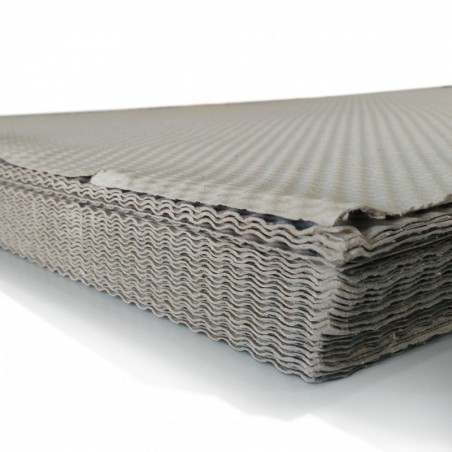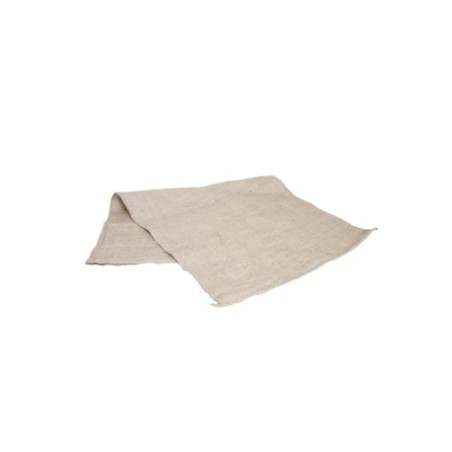Objective: To determine the impacts of induced parturition, birth weight, birth order, litter size, and sow parity on piglet serum concentrations of immunoglobulin G (IgG) .
Materials and methods: In Experiment 1, sows were either induced to farrow (n = 56) or allowed to farrow naturally (n = 84). Litters of induced sows were placed immediately into a warm crèche until farrowing was complete, then all piglets were weighed and placed with the sow at the same time. Blood samples were collected at 3 days of age from one or two of the smallest pigs, one medium pig, and the largest pig in each litter for measurement of serum IgG. In Experiment 2, the firstborn and last-born piglets in 78 litters were blood sampled at 3 days of age and sera were assayed for total IgG.

Results: Experiment 1. Mean serum IgG concentration was higher in piglets from induced litters than in piglets from control sows (P < .001). Serum IgG concentrations increased with increased piglet weight (P < .001). Piglets from larger litters had lower serum IgG (P < .001). Serum IgG concentrations in piglets were not affected by sow parity (Experiment 1) or birth order (Experiment 2).
Implications: Supervision of farrowing may allow for improved colostrum intake with benefits to passive immunity. However, first-born pigs do not appear to get a disproportionate share of available immunoglobulins.
Nguyen K, Cassar G, Friendship RM, et al. An investigation of the impacts of induced parturition, birth weight, birth order, litter size, and sow parity on piglet serum concentrations of immunoglobulin G. J Swine Health Prod. 2013;21(3):139-143.






